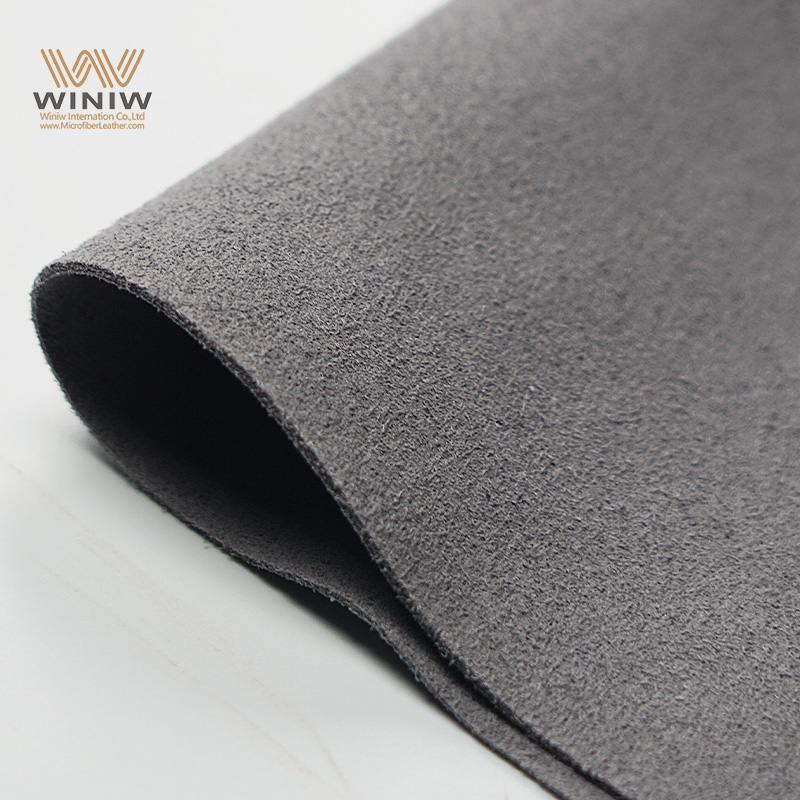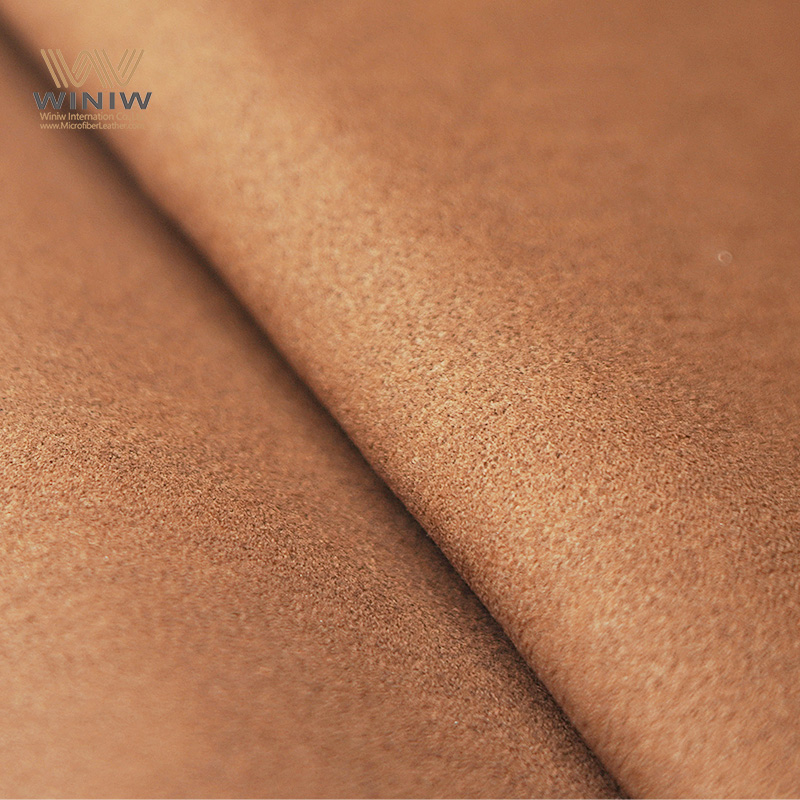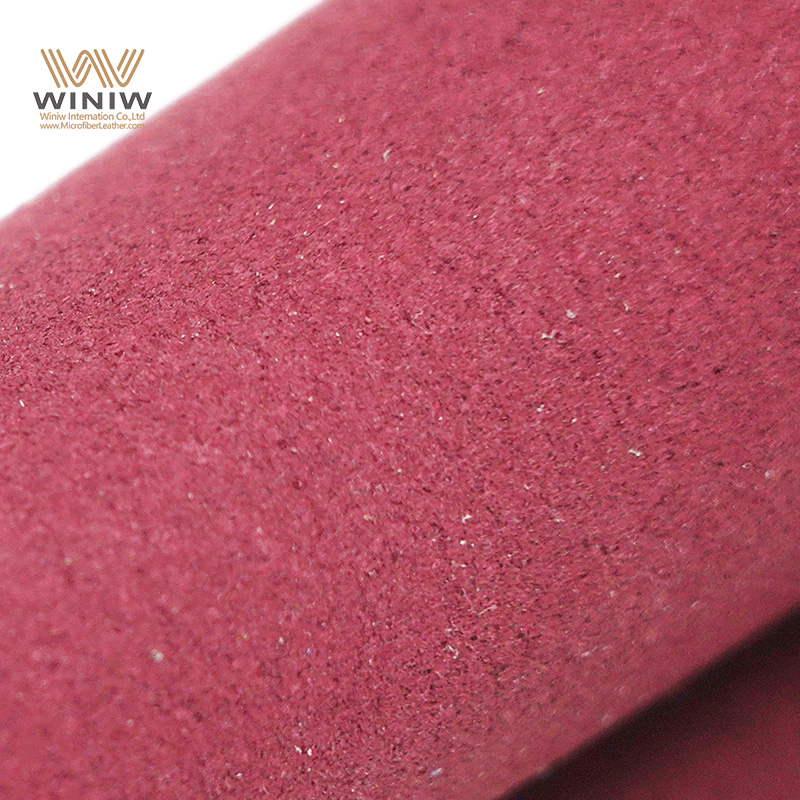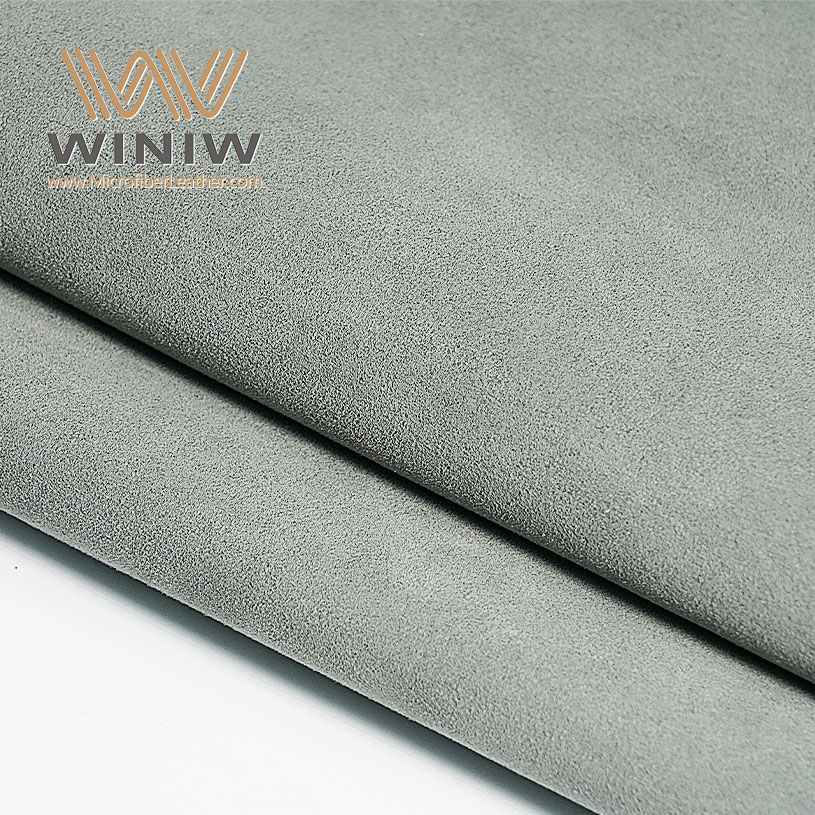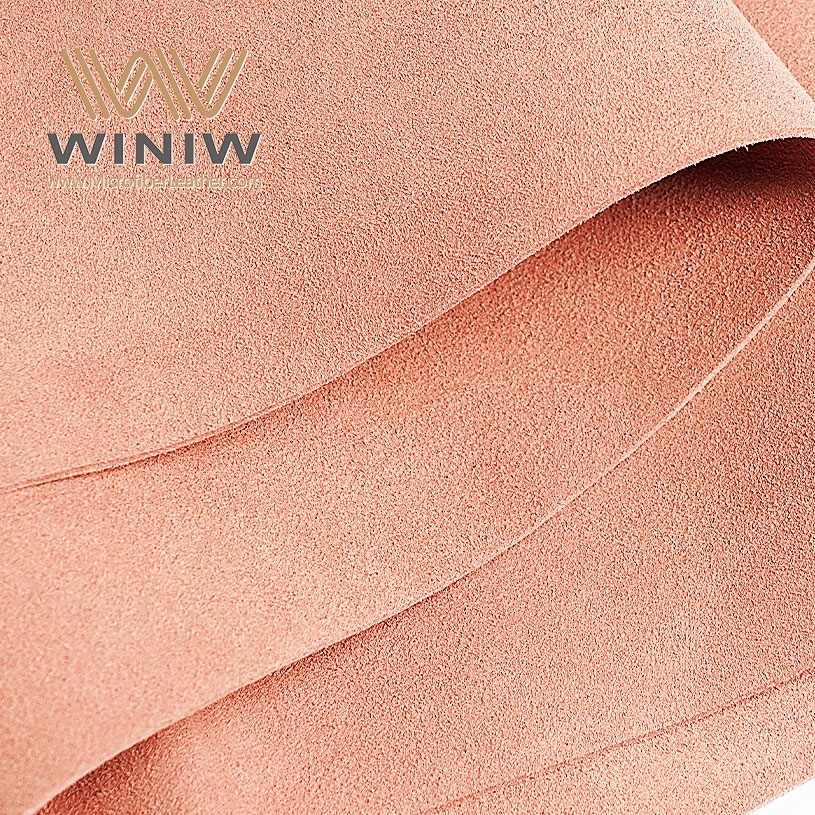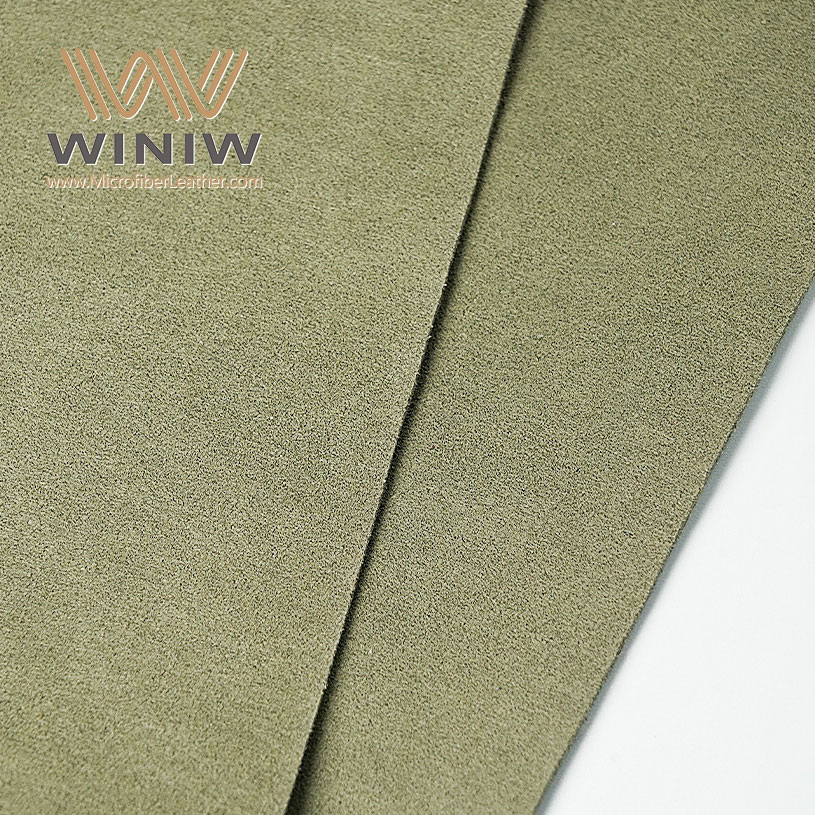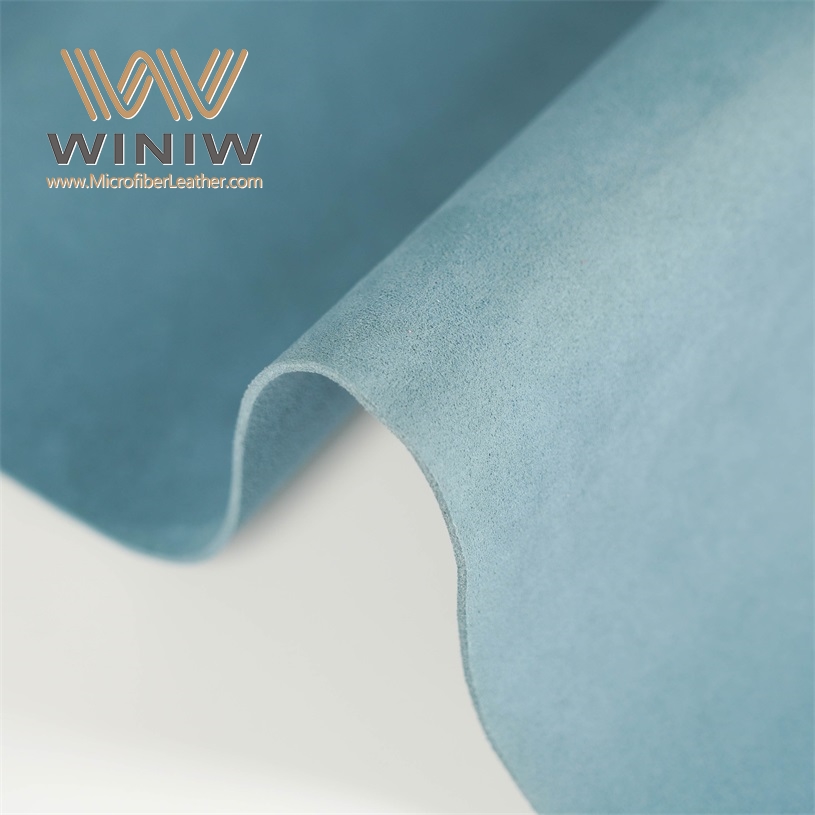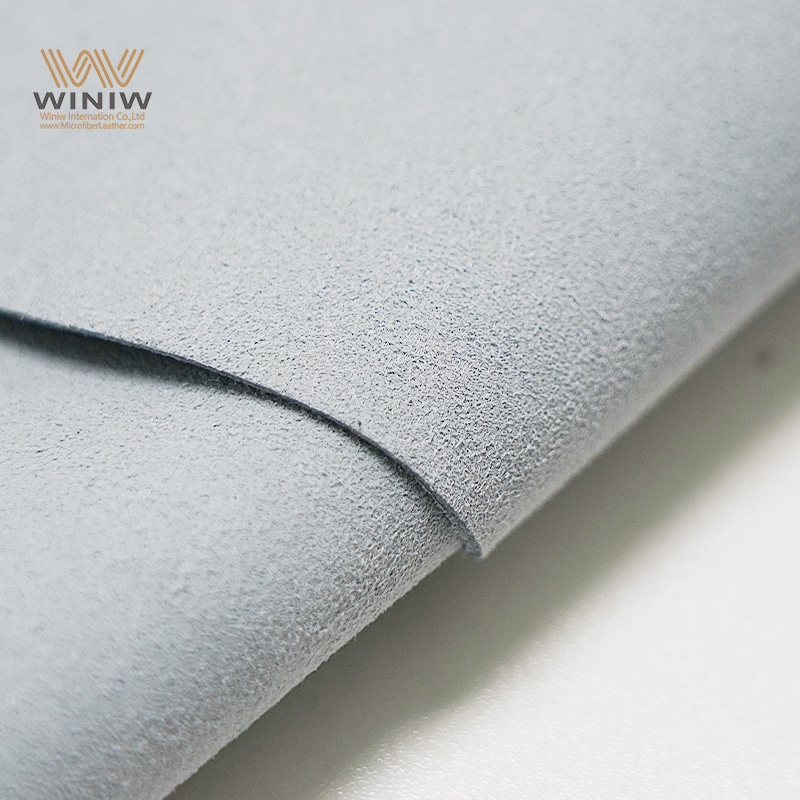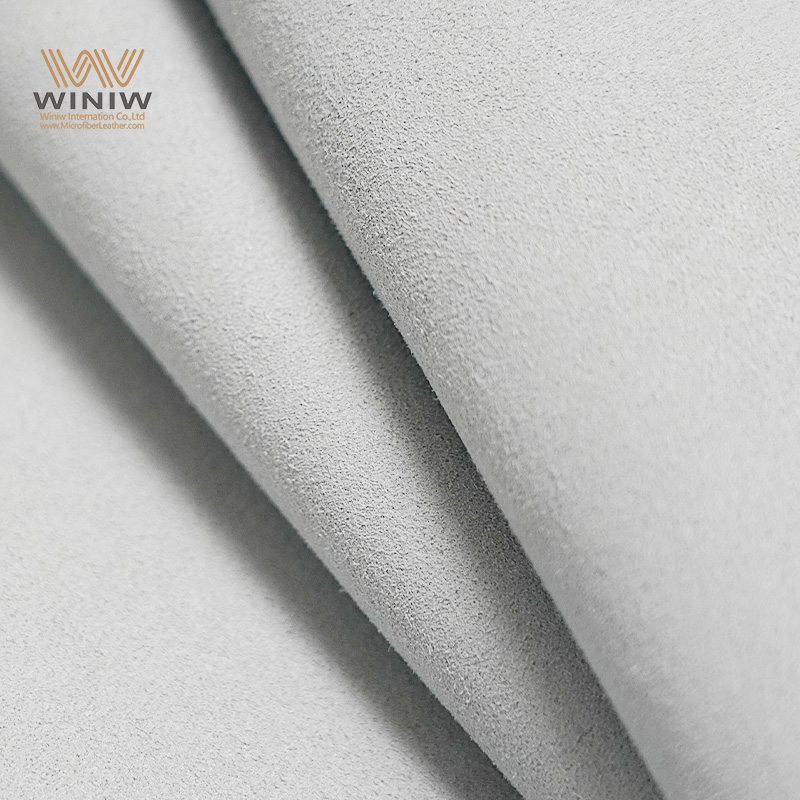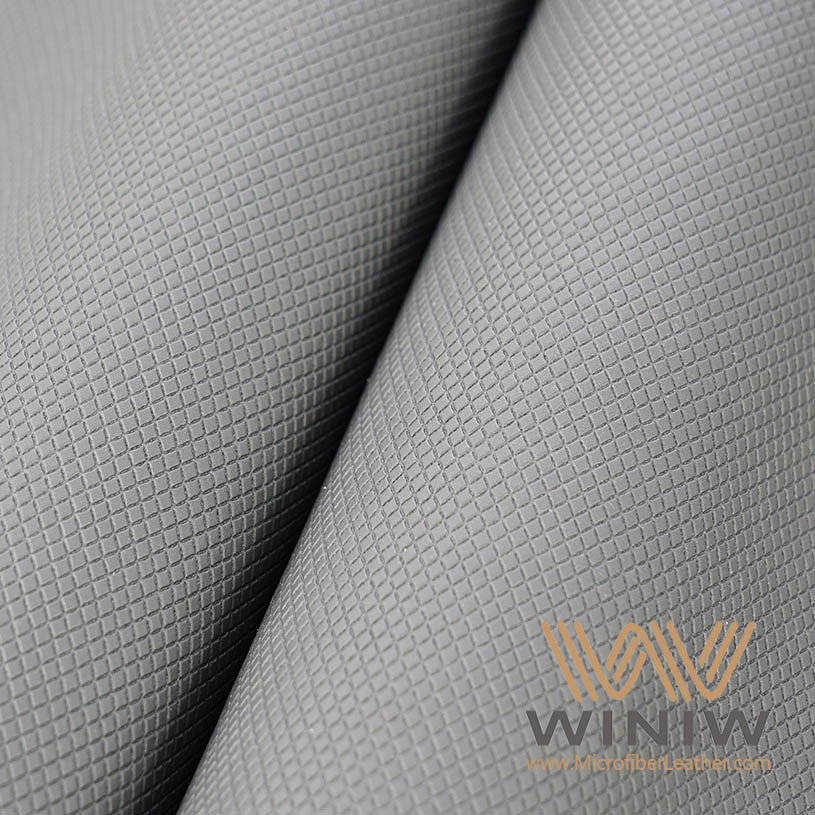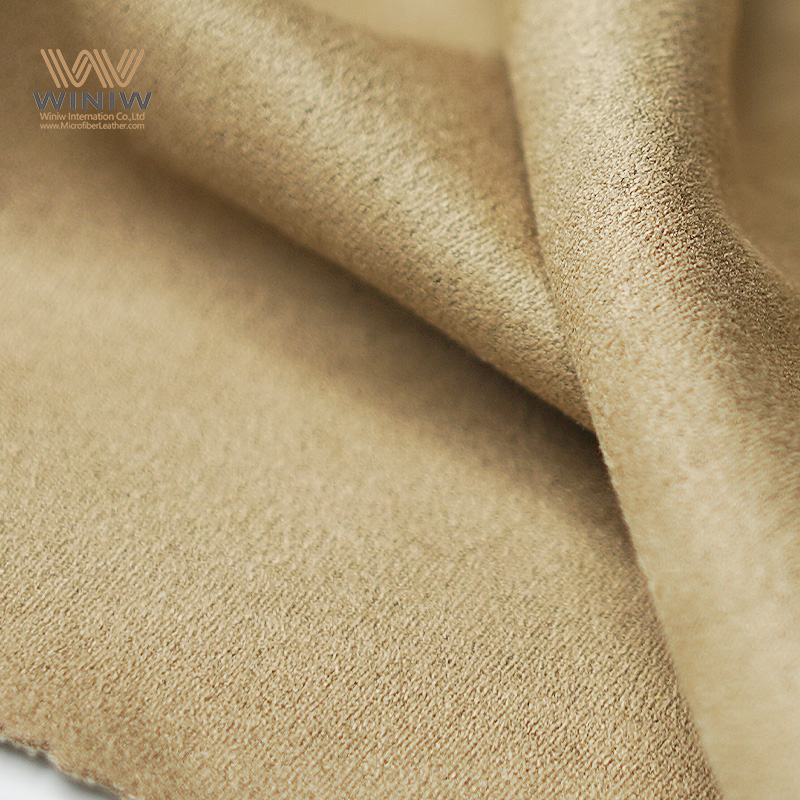
Faux suede microfiber offers a smart solution for families who want stylish furniture that stands up to daily life. Many U.S. households have pets or children, which increases the need for durable, stain-resistant, and easy-to-clean materials. Faux suede combines a soft texture with impressive resilience, making it safe for busy homes. People should match their fabric choice to their lifestyle and design preferences for the best results. With reliable information, anyone can select upholstery that balances comfort, safety, and long-lasting style.
40% of U.S. households have children.
Higher pet ownership leads people to prefer durable, easy-to-clean upholstery.
How to choose faux suede microfiber for upholstery projects with pets or kids
Faux suede microfiber is durable and withstands wear and tear, making it ideal for homes with pets and kids.
This fabric is stain-resistant and easy to clean, allowing quick maintenance with just a damp cloth.
Faux suede offers water resistance, protecting upholstery from spills and accidents common in busy households.
The material comes in a wide range of colors and patterns, allowing homeowners to match their decor style easily.
Families should request fabric samples to assess texture and color before making a purchase decision.
Testing the fabric's durability and stain resistance at home ensures it meets the demands of daily life.
Reading customer reviews provides insights into the real-world performance of faux suede microfiber.
Regular cleaning and maintenance help keep faux suede looking fresh and extend its lifespan.
Faux Suede Microfiber Benefits
Durability
Microsuede stands out for its impressive durability. Families often choose this material because it resists wear and tear, even in homes with energetic pets or active children. The tightly woven fibers in synthetic microsuede create a strong surface that holds up against daily use. Microfiber suede uses micro denier polyester, which gives the fabric a soft feel while maintaining strength. This combination allows upholstery to last longer than many natural fabrics. The advantages of faux suede include its ability to withstand scratching, pulling, and frequent movement. People find that microsuede keeps its shape and appearance over time, making it a reliable choice for busy households.
Stain Resistance
Microsuede offers excellent stain resistance, which is essential for families. Everyday spills, such as coffee or oil, can be wiped away with a damp cloth or a mild household cleaner. Unlike real suede, faux suede does not require special care products. This user-friendly feature makes cleaning quick and easy. Many parents and pet owners appreciate that microsuede resists common stains and does not absorb liquids as quickly as other fabrics. The tightly woven structure of microfiber suede helps prevent stains from setting in. People often select microsuede for upholstery because it simplifies maintenance and keeps furniture looking fresh.
Tip: For best results, clean spills on microsuede as soon as possible to prevent long-term staining.
Faux suede microfiber is generally more stain-resistant than real suede in household settings.
It can be cleaned easily with just a damp cloth or household cleaner, effectively removing common stains like coffee and oil.
Unlike real suede, faux suede does not require special care products, making it more user-friendly for everyday use.
Water Resistance
Microsuede provides better water resistance than natural suede. Product testing shows that faux suede, especially when made from microfiber, resists water more effectively than natural suede. Natural suede absorbs moisture, which can lead to water damage and stains. Faux suede, being synthetic, prevents water from soaking in quickly. This feature protects upholstery from spills and accidents, which are common in homes with pets or kids. Microfiber suede maintains its appearance and texture even after exposure to moisture. People who want practical and attractive furniture often choose microsuede for its water-resistant qualities.
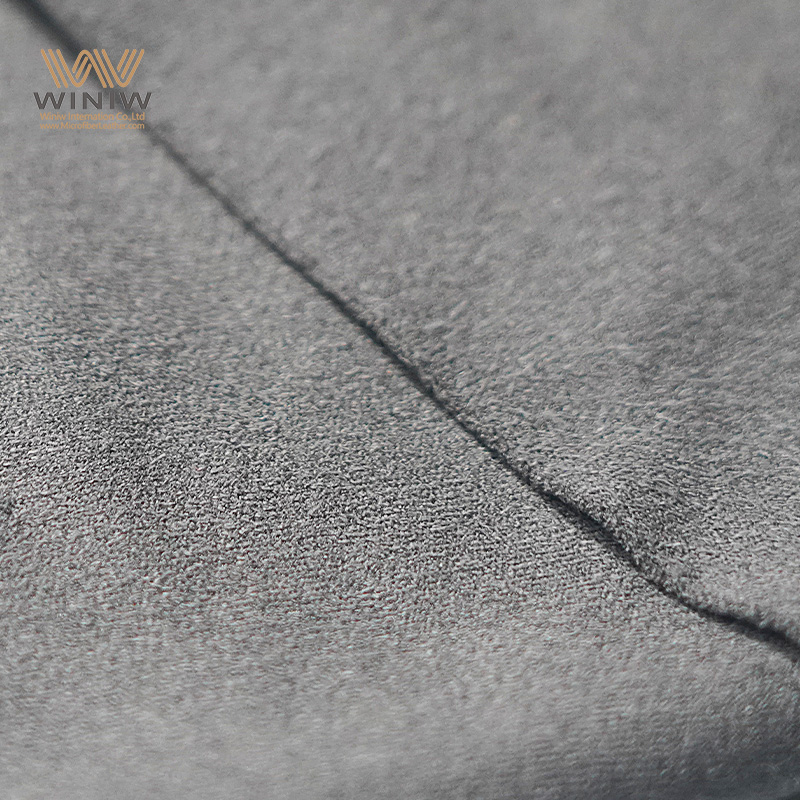
Design Versatility
Faux suede microfiber stands out as a highly adaptable material for home decor. Designers and homeowners appreciate its ability to blend seamlessly into a wide range of interior styles. The fabric mimics the luxurious feel of authentic suede, yet it remains more affordable and durable. This combination of qualities makes faux suede microfiber a popular choice for those who want both style and practicality.
A key advantage of faux suede microfiber lies in its extensive selection of colors and patterns. Manufacturers offer this fabric in a broad spectrum, from classic neutrals to bold, contemporary hues. Homeowners can find shades that match traditional, modern, or eclectic themes. The microsuede collection features plush fabrics that suit both upholstery and drapery, providing options for every room in the house. Patterns range from subtle textures to striking prints, allowing for creative expression in furniture design.
Note: Faux suede microfiber adapts to changing trends. People can update their decor without replacing entire pieces of furniture.
The versatility of faux suede microfiber extends beyond color and pattern. The fabric’s soft texture adds a touch of elegance to sofas, chairs, and ottomans. It works well for accent pieces, such as throw pillows or window treatments. Many designers use faux suede to create a cohesive look throughout a space. The material’s consistent appearance ensures that different pieces coordinate easily.
Families with pets or children often seek materials that balance beauty with function. Faux suede microfiber meets this need by offering a surface that resists stains and wear while maintaining its visual appeal. The fabric’s tightly woven fibers help preserve its color and texture, even after frequent cleaning. This durability supports long-term use in high-traffic areas.
A table below highlights the design options available with faux suede microfiber:
Feature | Options Available |
|---|---|
Colors | Neutrals, pastels, bold shades |
Patterns | Solids, textures, prints |
Applications | Upholstery, drapery, accents |
Style Compatibility | Traditional, modern, eclectic |
Faux suede microfiber’s design versatility empowers homeowners to personalize their living spaces. Whether aiming for a cozy, inviting atmosphere or a sleek, contemporary look, this fabric provides the flexibility to achieve any vision. The wide array of choices ensures that every family can find a style that fits their needs and preferences.
Key Qualities for Upholstery
Denier Density
Denier density measures the thickness of individual fibers in a fabric. In microsuede, a lower denier means finer fibers, which create a softer and smoother surface. High denier density increases the strength of the upholstery fabric. Families with pets or children often prefer microsuede with a higher denier because it resists pilling and tearing. The tightly packed fibers in synthetic microsuede provide a durable barrier against claws, paws, and everyday friction. This feature helps the fabric maintain its appearance and comfort over time. Upholstery with the right denier density offers both resilience and a pleasant touch, making it ideal for high-traffic areas.
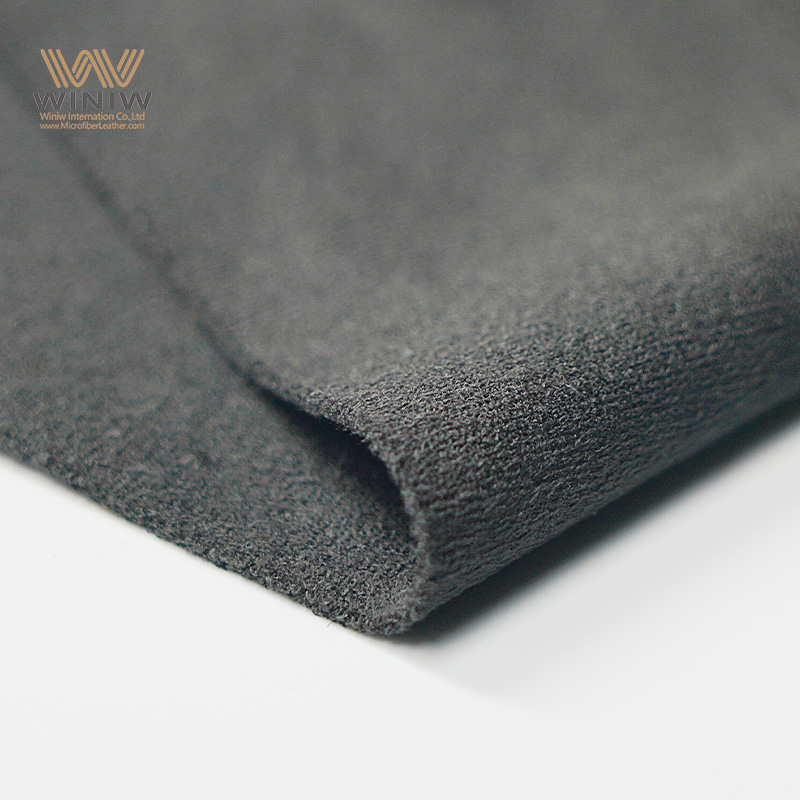
Fiber Type
The type of fiber used in faux suede plays a major role in its performance and longevity. Most faux suede microfiber uses a blend of polyester and polyurethane. Each fiber brings unique benefits to the upholstery.
Fiber Type | Contribution to Performance and Longevity |
|---|---|
Polyester | Provides strength, flexibility, water resistance, and maintains shape and color over time. |
Polyurethane | Adds softness, enhances stain and moisture resistance, and mimics the texture of real suede. |
Polyester fibers give microsuede its strength and flexibility. They help the fabric resist stretching and fading, which is important for furniture that sees daily use. Polyurethane adds a soft, suede-like feel and boosts the fabric’s ability to repel stains and moisture. This combination creates a microfiber suede that stands up to spills, scratches, and frequent cleaning. When choosing upholstery, people should look for a blend that balances durability with comfort.
Weave
The weave structure of microsuede affects how well it holds up in busy homes. Manufacturers use ultra-fine fibers that are tightly woven or knitted together. This construction creates a strong surface that resists abrasion and prevents fraying. The following features make the weave of faux suede microfiber especially effective for upholstery:
Tightly woven fibers form a durable barrier against wear and tear.
The fine fiber structure helps prevent pilling and stretching.
The strong weave allows the fabric to withstand daily use in high-traffic areas.
Microsuede’s tight weave also helps it maintain its color and texture after repeated cleaning. Upholstery made from this material stays looking fresh, even when exposed to pets, kids, and frequent activity. The combination of fiber type and weave ensures that faux suede remains a top choice for families who want both style and long-lasting performance.
Cleaning Codes
Cleaning codes help people understand how to care for faux suede microfiber upholstery. Manufacturers use these codes to indicate which cleaning methods work best for each fabric type. Knowing the cleaning code allows families to maintain their furniture without damaging the material.
Meaning | |
|---|---|
W | Water-based cleaners allowed |
S | Solvent cleaners only |
WS | Water or solvent cleaners allowed |
X | Vacuum only, no liquids |
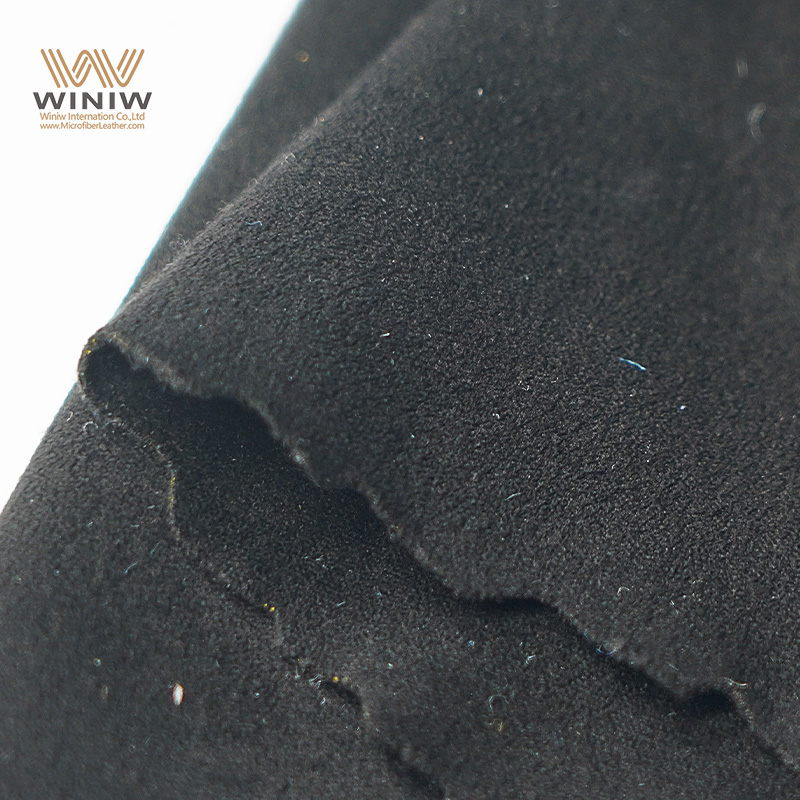
People often find these codes on the fabric tag or product description. Each code provides specific instructions:
W: Water-based cleaning is safe. People can use mild soap and water for most stains.
S: Only solvent-based cleaners should be used. Water may damage the fabric.
WS: Both water-based and solvent cleaners are acceptable. The choice depends on the type of stain.
X: Only vacuuming is allowed. Liquids may harm the upholstery.
Understanding these cleaning codes helps families select the right cleaning products. Proper care keeps faux suede microfiber looking fresh and extends its lifespan. People should always check the cleaning code before using any cleaner on their upholstery.
Tip: Always test a cleaning product on a hidden area first to avoid discoloration or damage.
Performance Treatments
Performance treatments improve the stain and odor resistance of faux suede microfiber. Manufacturers use advanced technology to make these fabrics suitable for homes with pets or children. These treatments help upholstery stay clean and maintain its appearance over time.
Many faux suede microfiber fabrics receive special treatments during production:
Ultrasuede HP uses an ultra-microfiber blend. This engineering provides strong stain and odor resistance. The fabric keeps its shape and remains durable, even after frequent cleaning.
Splendid fabric mimics the softness of real suede. It does not have pores, which prevents dirt and liquids from soaking in. This structure makes the fabric easy to clean and highly resistant to stains.
Some faux suede microfiber fabrics are treated to repel liquids. People can clean spills with warm water and mild soap. The fabric’s surface prevents absorption, making maintenance simple.
Performance treatments also make faux suede microfiber pet-friendly. The fabric resists odors and does not trap pet hair easily. Families benefit from upholstery that stays fresh and attractive, even in busy households.
Note: Performance-treated faux suede microfiber works well in both residential and commercial settings. People can enjoy stylish furniture without worrying about stains or odors.
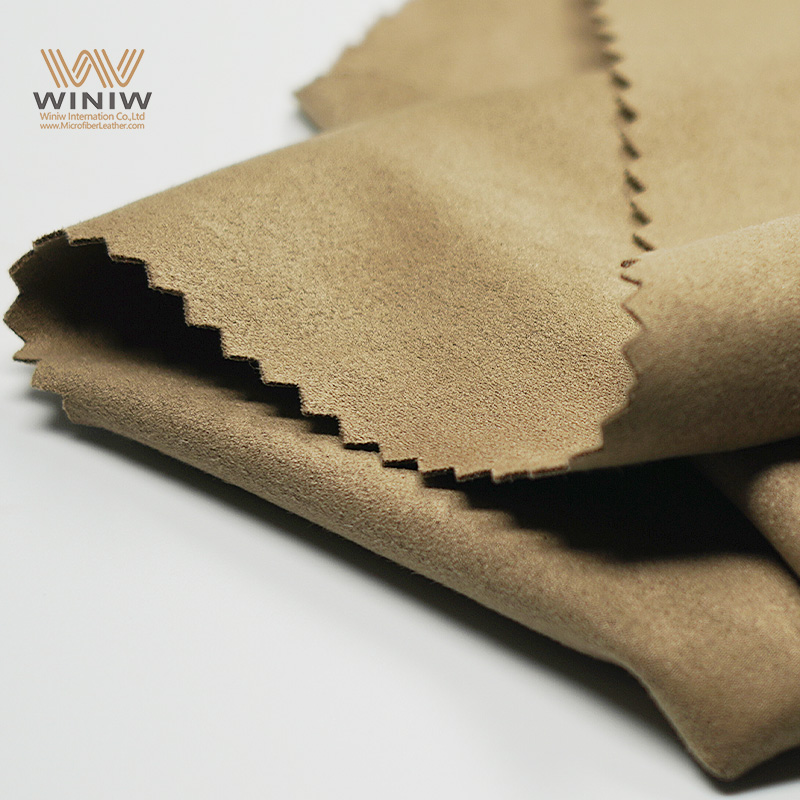
Can Faux Suede Be Used for Upholstery
Applications of Faux Suede
Microsuede has become a popular choice for many upholstery projects. Homeowners use it for sofas, sectionals, armchairs, ottomans, and even headboards. The applications of faux suede extend to both residential and commercial spaces. Designers often select microsuede for its soft touch and ability to mimic the look of real suede. The difference between suede and faux suede lies in their composition. While real suede comes from animal hide, faux suede microfiber uses synthetic fibers, making it more affordable and easier to maintain.
Microsuede fits well in homes with pets or children. Its tightly woven fibers create a barrier against scratches, dirt, and spills. The fabric repels moisture, so stains do not soak in quickly. Most spills can be wiped away with a damp cloth or gentle soap and water. Pet hair does not cling to the surface, and a quick brush removes it easily. Synthetic microsuede also resists clawing, which helps furniture last longer in busy households.
Families who want stylish and practical furniture often choose microsuede for its versatility and easy care.
Pros and Cons
When considering can faux suede be used for upholstery, it helps to weigh the advantages and disadvantages. The table below outlines the main points:
Advantage/Disadvantage | Description |
|---|---|
Wide Range of Colors | Faux suede is available in many colors, allowing customization to match various décor styles. |
Design Versatility | Its adaptability makes it suitable for different interior designs. |
Durability | Known for strength, it resists wear and tear effectively with proper care. |
High Absorption Capacity | Can absorb dyes well but may be prone to water damage and stains if not treated correctly. |
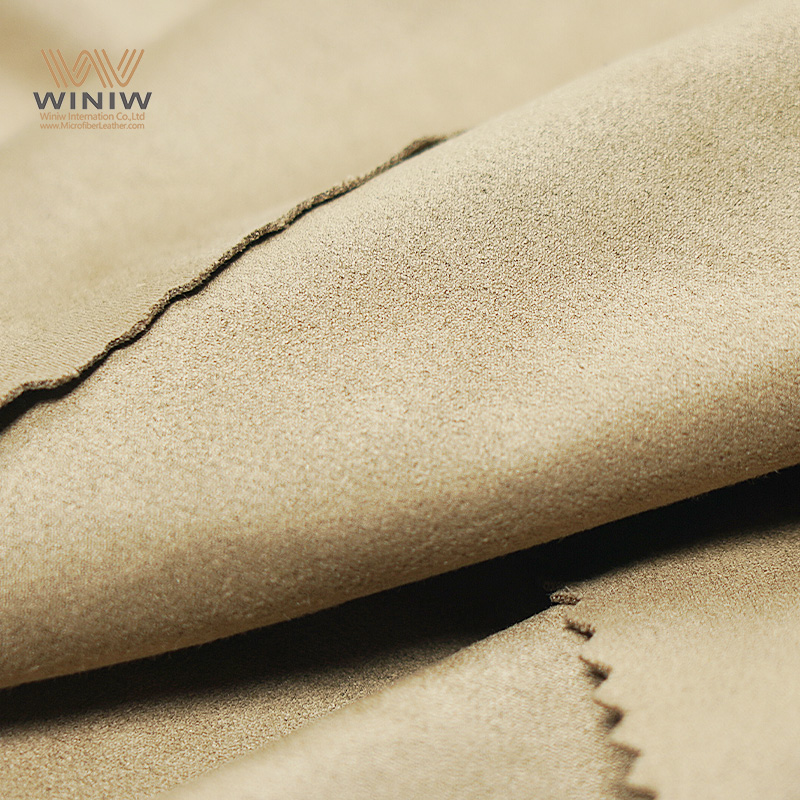
Microsuede offers excellent resistance to clawing and scratching. The fabric’s durability stands out, especially in homes with pets or children. However, it can be prone to water damage and stains if not treated properly. Regular care and maintenance routines help safeguard against moisture and spills. Microsuede absorbs dyes well, which allows for a wide range of color options and design versatility.
Microsuede resists wear and tear with proper care.
The fabric adapts to many interior styles.
Without performance treatments, it may absorb water and develop stains.
Safety for Pets and Kids
Safety remains a top priority for families choosing upholstery. Faux suede microfiber often meets strict safety standards. Many manufacturers use certifications to show their products are safe for homes with pets and children.
Certification | Description |
|---|---|
GRS | Uses recycled materials that meet global standards. |
OEKO-TEX® LEATHER STANDARD | Tests for harmful substances to keep people safe. |
OEKO-TEX® STeP | Checks for safe and green ways to make leather. |
Microsuede does not contain sharp fibers or harsh chemicals. The fabric’s smooth surface prevents irritation for both pets and kids. Most faux suede options undergo testing for harmful substances, which adds peace of mind for families. Easy cleaning also reduces the buildup of allergens and bacteria, supporting a healthier home environment.
Note: Always check for certifications when selecting faux suede microfiber for upholstery. Certified products offer extra assurance of safety and environmental responsibility.
How to Choose Faux Suede Microfiber
Requesting Samples
Smart shoppers start by requesting fabric samples before making a final decision. Many retailers and manufacturers offer free or low-cost swatches. These samples allow families to see and feel the material in their own homes. By handling the fabric, people can check the softness, thickness, and flexibility. Samples also help match the fabric to existing furniture and decor.
A sample gives a true sense of color under different lighting conditions. Natural light and indoor bulbs can change how a color appears. People should place the sample on the intended furniture and observe it at different times of day. This step helps avoid surprises after installation.
Tip: Always request multiple samples if possible. Comparing several options side by side makes it easier to spot differences in texture and shade.
Testing Durability and Stain Resistance
After receiving samples, families should test the fabric’s durability and stain resistance. These qualities matter most in homes with pets or children. Simple hands-on tests can reveal how well the fabric will perform over time.
Steps for Testing:
Rub the sample with a clean, white cloth to check for color transfer.
Scratch the surface lightly with a fingernail or a dull object to see if marks appear.
Drop a small amount of water or a mild liquid on the fabric. Observe if the liquid beads up or soaks in.
Wipe the spill with a damp cloth to see how easily it cleans.
A durable faux suede microfiber should resist pilling, tearing, and staining. If the sample shows signs of damage or absorbs stains quickly, it may not be the best choice for busy households. Testing at home gives confidence that the fabric will stand up to daily use.
Comparing Color and Pattern Options
Color and pattern play a big role in long-term satisfaction with upholstery. People should compare options carefully to find the best match for their space. Some families prefer neutral tones that blend with many styles. Others choose bold colors or patterns to make a statement.
However, not all faux suede fabrics hold color equally well. Research shows that some microfiber fabrics may have uneven dyeing and poor colorfastness. Non-stretch versions can show color staining after washing, while stretch types may stain from perspiration and laundering. Over time, poor colorfastness can cause the fabric’s appearance to fade or change, leading to disappointment.
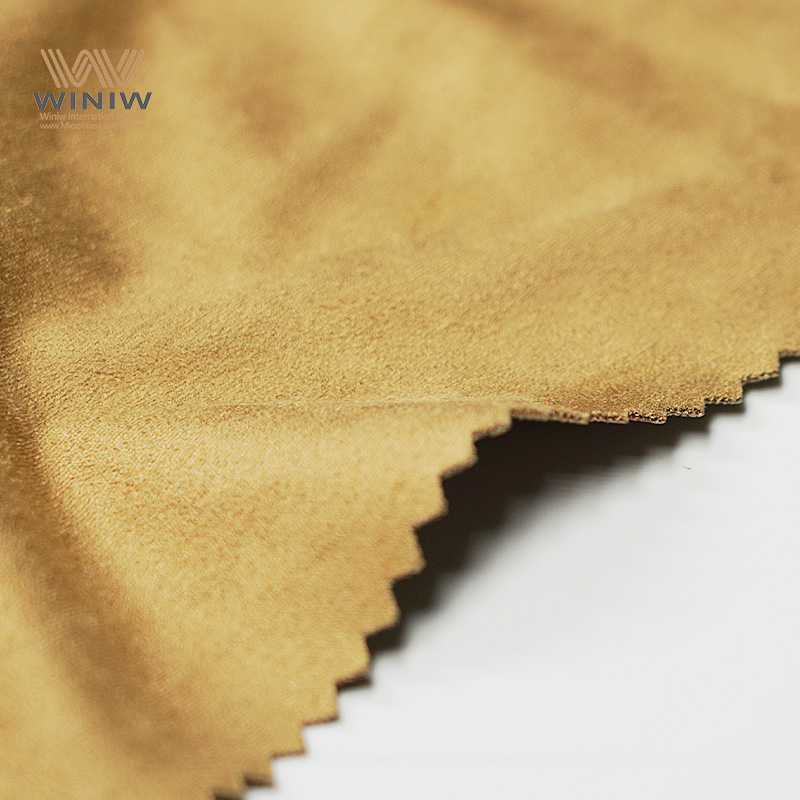
A table can help organize the comparison process:
Feature | What to Look For | Why It Matters |
|---|---|---|
Color | Even, rich shade; no fading or bleeding | Maintains look after cleaning |
Pattern | Consistent design; no distortion | Keeps style fresh and appealing |
Colorfastness | No color transfer or staining | Ensures long-term satisfaction |
Note: Always ask the supplier about colorfastness and wash the sample if possible. This step helps avoid issues with fading or staining after installation.
Choosing the right color and pattern ensures the furniture looks good for years. Families who take time to compare options often feel more satisfied with their final choice.
Reading Reviews
Reading customer reviews gives valuable insight into the real-world performance of faux suede microfiber. People often share their experiences with durability, stain resistance, and ease of cleaning. These firsthand accounts help families make informed decisions before purchasing upholstery fabric.
Buyers should look for reviews that mention homes with pets or children. These reviews often highlight how the fabric stands up to scratching, spills, and frequent cleaning. Many reviewers describe how the color and texture hold up over time. Some mention if the fabric pills, fades, or attracts pet hair. Honest feedback from other families can reveal strengths and weaknesses that product descriptions may not cover.
A checklist helps readers focus on the most useful information in reviews:
Does the reviewer mention pets or kids?
How does the fabric handle stains and spills?
Is cleaning easy and effective?
Does the color stay true after washing or exposure to sunlight?
Are there complaints about pilling, tearing, or fading?
Do reviewers mention odor retention or resistance?
How does the fabric feel after months of use?
Tip: Verified purchase reviews often provide more reliable information than anonymous comments.
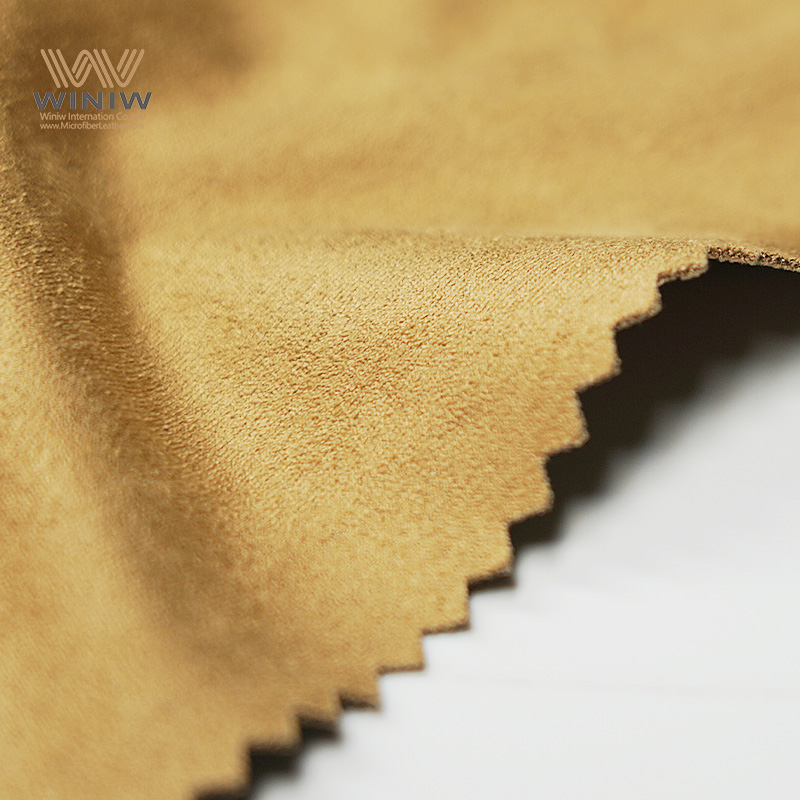
A table below summarizes what to look for in reviews:
Review Focus | Why It Matters |
|---|---|
Durability | Shows how fabric withstands daily use |
Stain Resistance | Indicates ease of cleaning |
Colorfastness | Reveals if color fades or bleeds |
Pet/Kid Friendliness | Highlights real-life family experiences |
Odor Resistance | Important for homes with animals |
People should read both positive and negative reviews. Positive reviews show what works well. Negative reviews can reveal recurring problems. Patterns in feedback often point to consistent issues or benefits.
Some reviewers include photos of their furniture after months of use. These images give a clear idea of how faux suede microfiber looks in real homes. Photos can show wear, color changes, or how well the fabric resists stains.
Note: If a product has many reviews mentioning the same problem, it may signal a quality issue.
Reading reviews helps buyers avoid disappointment. Families can choose faux suede microfiber that meets their needs by learning from others’ experiences. This step increases confidence and satisfaction with the final choice.
Maintenance Tips for Upholstery
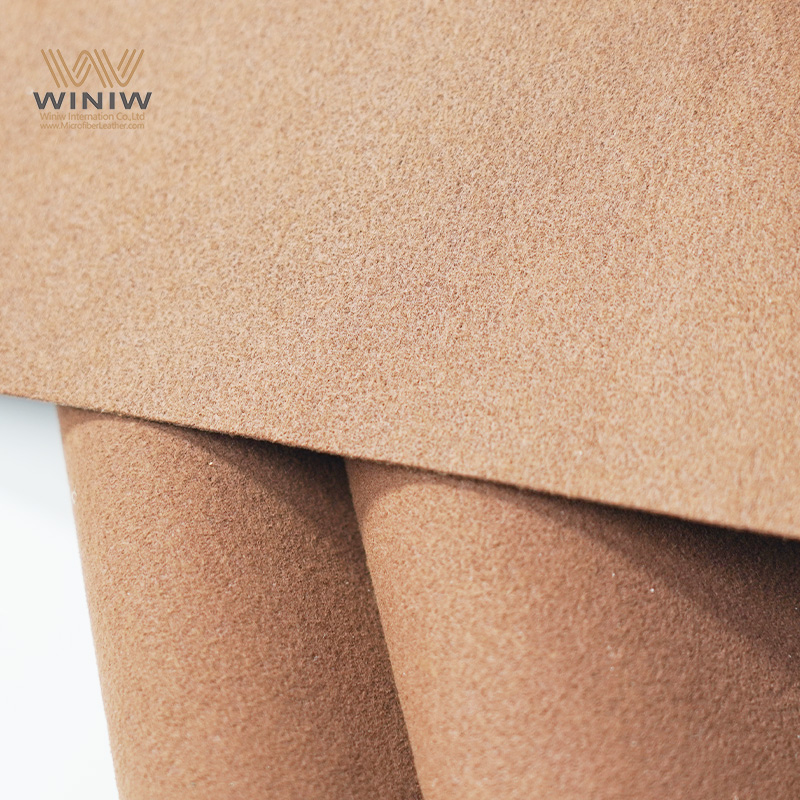
Daily Cleaning
Microsuede upholstery requires regular attention to maintain its appearance, especially in homes with pets or children. Dust and dirt can settle on the surface, so families should dust with a dry cloth frequently. Vacuuming with an upholstery brush attachment helps remove surface debris and prevents grime from building up. This routine keeps the fabric looking fresh and extends its lifespan. For best results, use plain, clean water to rinse the cleaning cloth and wring it out thoroughly before wiping the couch. Wait until the couch is completely dry before vacuuming again. This step helps avoid moisture stains and keeps the fibers neat.
Tip: Regular vacuuming also lifts matted fibers, restoring the soft texture that makes microsuede popular.
Handling Spills
Spills happen often in busy households, but microsuede resists most stains when treated quickly. The first step is to act fast. Blot the spill gently with a paper towel or microfiber cloth. Avoid rubbing, as this can push the liquid deeper into the fabric. For thicker substances, scoop off the excess before blotting. Use lukewarm water for most spills, but switch to cold water for protein-based stains like milk or egg. If a stain dries, a diluted isopropyl alcohol solution can help as a last resort.
A simple process for handling spills on microsuede:
Respond immediately to prevent stains from setting.
Blot, do not rub, using an absorbent material.
Remove any solids before treating the area.
Select the right water temperature for the type of spill.
Use a gentle cleaning solution if needed, following care instructions for faux suede.
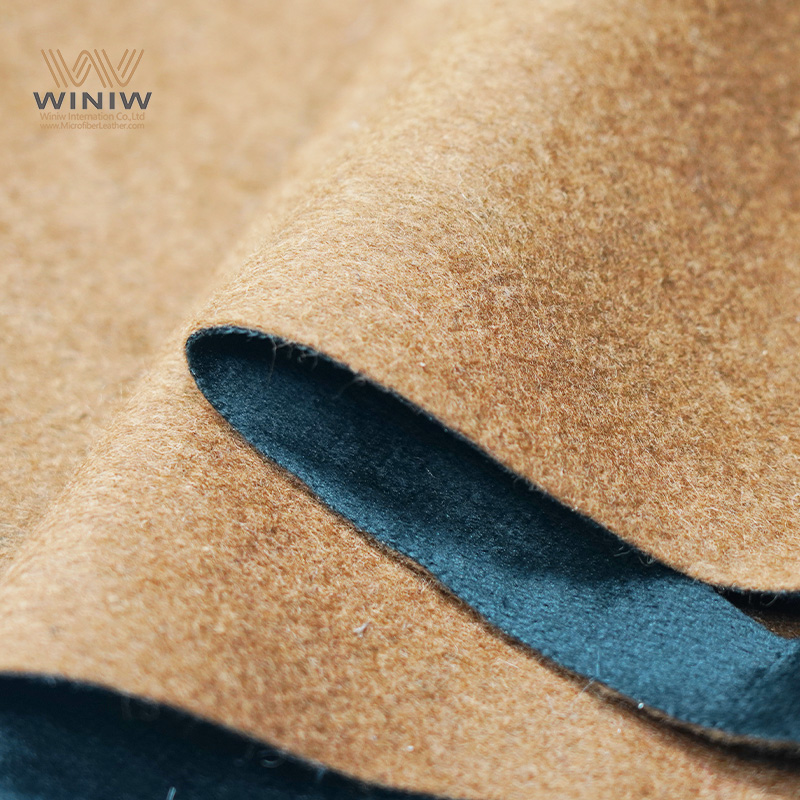
For dry stains, a suede brush can remove residue. A damp microfiber cloth works well for gentle cleaning. Always allow the area to dry completely before using the furniture again.
Long-Term Care
Long-term care practices help synthetic microsuede upholstery last for years. Regular vacuuming with an upholstery attachment removes dust and debris. Spot cleaning stains promptly with a clean microfiber cloth and a water-based cleaner prevents permanent marks. Occasionally, deep clean the fabric using a mild soap solution and a soft-bristled brush. Proper drying methods, such as using gentle airflow, help avoid water stains. Rotate cushions regularly to ensure even wear and maintain the shape of the furniture. Applying a fabric protector spray adds an extra layer of defense against spills and dirt.
Note: Following these steps ensures that microsuede remains both attractive and functional, even in high-traffic areas.
Families who follow these care instructions for faux suede enjoy furniture that stays clean and comfortable. Microsuede’s washable and easy-care nature makes it a practical choice for busy homes.
Checklist for Choosing Faux Suede
Step-by-Step Guide
Selecting faux suede for upholstery in homes with pets or children requires a careful approach. Families benefit from following a clear checklist to ensure the fabric meets their needs.
Assess the room’s traffic level. High-traffic areas need durable materials.
Request fabric samples from suppliers. Examine the texture and thickness in person.
Test stain resistance by applying a small amount of water or mild soap to the sample.
Check for colorfastness. Rub the sample with a clean cloth to see if color transfers.
Review cleaning codes. Choose fabrics that allow easy cleaning with mild soap and water.
Confirm the weave is tight. Tightly woven microfiber resists claw marks and prevents pet hair from embedding.
Compare color and pattern options. Lighter colors may show dirt more easily.
Ask about performance treatments. Treated fabrics offer better stain and odor resistance.
Read customer reviews. Look for feedback from families with pets or children.
Verify safety certifications. Certifications like OEKO-TEX® ensure the fabric is safe for all family members.
Tip: Microfiber is soft, durable, and inexpensive. It suits many applications in busy households.
Mistakes to Avoid
Many buyers overlook important details when choosing faux suede. Avoiding common mistakes helps families enjoy long-lasting upholstery.
Ignoring cleaning codes can lead to damage during maintenance.
Choosing light colors without considering dirt visibility often results in frequent cleaning.
Skipping the sample request may cause disappointment with texture or color.
Failing to test stain resistance can lead to permanent marks from spills.
Overlooking performance treatments may reduce the fabric’s ability to resist odors and stains.
Not checking for safety certifications can expose families to harmful substances.
Note: Proper cleaning prevents water stains. Always follow care instructions for best results.
Questions to Ask
Before purchasing faux suede, families should ask suppliers key questions.
Question | Purpose |
|---|---|
Is the fabric treated for stain and odor resistance? | Ensures easy maintenance in homes with pets or children. |
What cleaning methods are recommended? | Confirms compatibility with household cleaning routines. |
Does the fabric resist claw marks and pet hair? | Verifies durability for pet-friendly applications. |
Are safety certifications available? | Provides assurance of non-toxic materials. |
How does the fabric perform in high-traffic areas? | Assesses suitability for busy rooms. |
What color and pattern options are available? | Helps match the fabric to existing decor. |
Families who ask these questions make informed decisions. They select upholstery that balances style, safety, and practicality.
Families who select faux suede microfiber for upholstery gain both style and practicality. They should focus on durability, stain resistance, and easy cleaning. Using the checklist helps them compare options and avoid common mistakes. With the right faux suede and regular care, furniture stays attractive and comfortable. Readers can feel confident that their choices will support a busy lifestyle while keeping their home looking great.
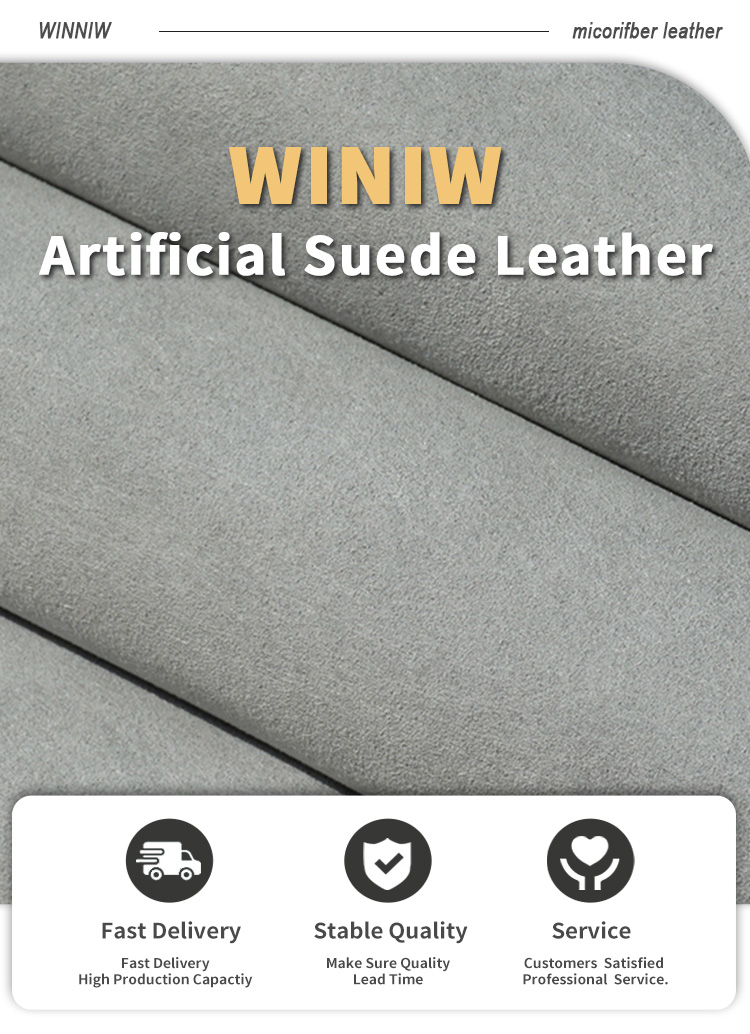
FAQ
Is faux suede microfiber safe for pets and children?
Manufacturers design faux suede microfiber to meet safety standards. Most products do not contain harmful chemicals. Certifications like OEKO-TEX® provide extra assurance. The fabric’s smooth texture prevents irritation for sensitive skin.
How does faux suede microfiber handle pet hair?
Pet hair does not cling easily to faux suede microfiber. Owners can remove hair with a vacuum or lint roller. The tightly woven fibers help keep surfaces clean. Regular maintenance keeps furniture looking fresh.
Can families use water to clean faux suede microfiber?
Most faux suede microfiber fabrics allow water-based cleaning. Always check the cleaning code on the label. Use mild soap and water for most stains. Avoid soaking the fabric to prevent water spots.
Does faux suede microfiber resist claw marks from pets?
The dense weave and strong fibers help faux suede microfiber resist claw marks. Pets may scratch, but the fabric holds up well in busy homes. Performance treatments add extra protection against damage.
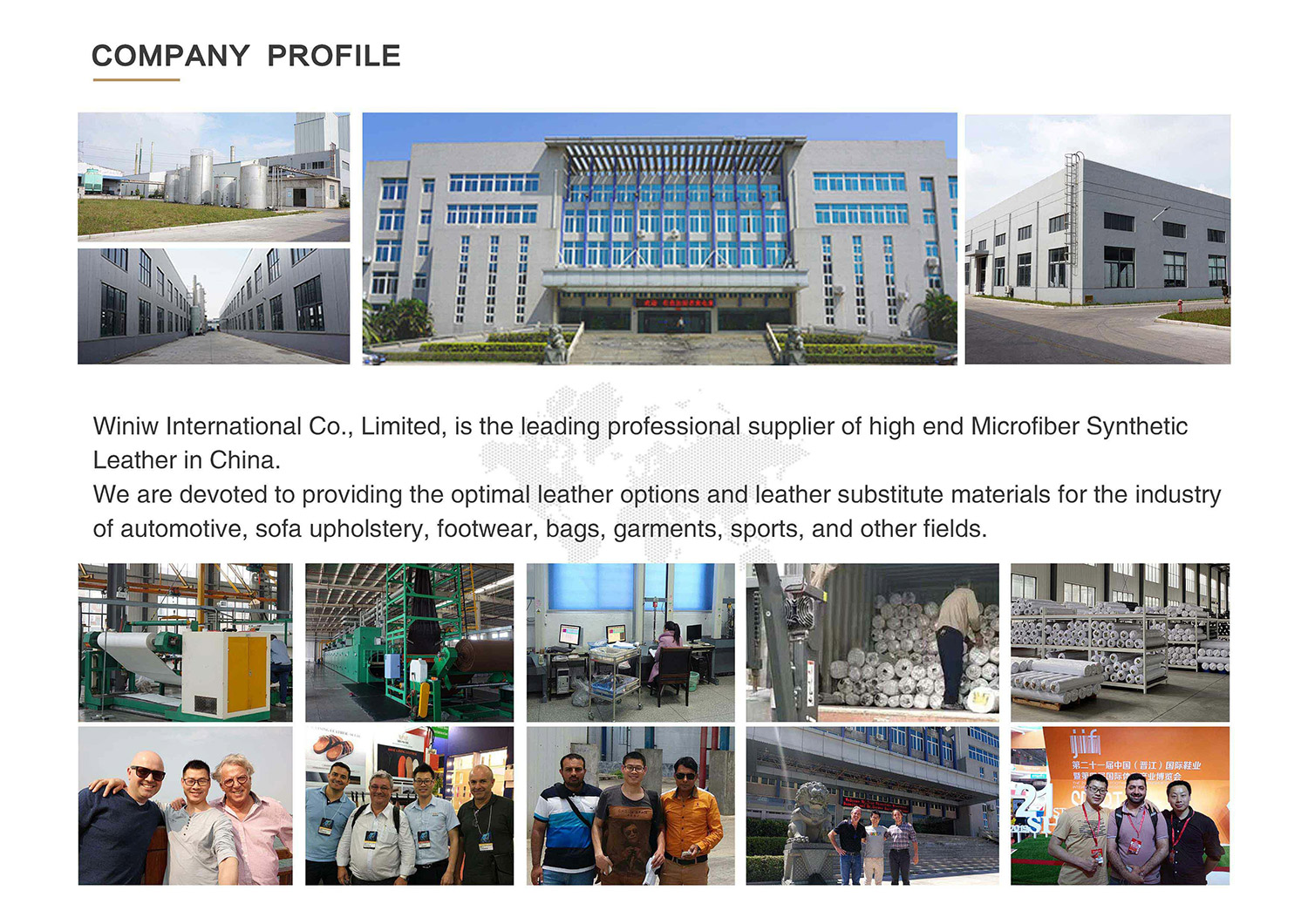
What colors and patterns are available for faux suede microfiber?
Manufacturers offer faux suede microfiber in many colors and patterns. Families can choose neutrals, bold shades, or printed designs. The wide selection fits traditional, modern, and eclectic styles.
How often should owners clean faux suede microfiber upholstery?
Owners should vacuum weekly and spot clean spills immediately. Deep cleaning every few months helps maintain appearance. Regular care extends the life of the fabric and keeps furniture comfortable.
Does faux suede microfiber fade in sunlight?
Prolonged sunlight exposure may cause fading. Owners should place furniture away from direct sunlight or use window coverings. Some fabrics include UV-resistant treatments for added protection.
What should buyers ask suppliers before purchasing faux suede microfiber?
Buyers should ask about stain resistance, cleaning methods, safety certifications, and performance treatments. They should request samples and review customer feedback. These steps help ensure the fabric meets family needs.


